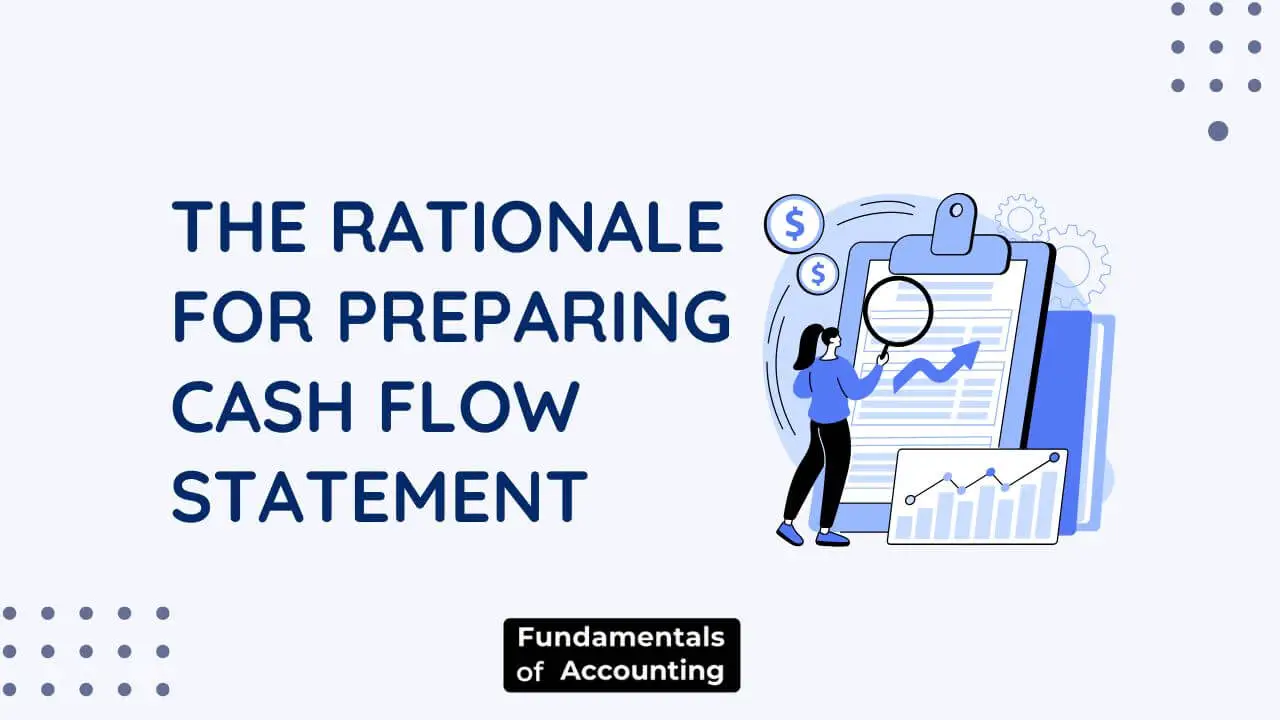Meaning and Objectives of Preparing Cash Flow Statement
Cash is critical to a business’s economic life. A business requires cash to pay suppliers, incur daily expenses, and pay salaries, wages, interest, and dividends, among other things.
Indeed, capital is to a commercial enterprise what blood is to a physical organism. As a result, it is critical for a firm to keep a healthy cash level. For instance, if a business operates profitably but lacks the cash necessary to pay dividends, what message does this send to shareholders and the general public? Thus, cash management is critical.
The transfer of cash and its equivalents should be prioritised. Currency refers to both physical cash and demand deposits with a bank. Bank overdrafts, cash credit, short-term deposits, and marketable securities all qualify as cash equivalents.
Cash Flow Statement
A cash flow statement is a summary of cash generated and used for a given financial period from operations, investments and financing activities.
Thus, a cash-flow statement may be described as a summary of cash revenues and expenditures over a specified time period. Additionally, it describes the causes behind fluctuations in the firm’s cash situation.
Cash flows are defined as inflows and outflows of cash. Transactions that improve the entity’s financial position are referred to as inflows of cash, while those that deplete the entity’s cash position are referred to as outflows of cash.

The cash flow statement shows the various sources of cash, such as cash from operations, the sale of current and fixed assets, the issuance of share capital and debentures, and so on, as well as the various applications that result in cash outflows, such as loss from operations, the purchase of current and fixed assets, the redemption of debentures, preference shares, and other long-term debt for cash.
In a nutshell, a cash flow statement summarises the cash collections and payments made within a certain time period.
Objectives served by a Cash Flow Statement
- The cash flow statement accomplishes several tasks, including the following:
- The cash flow statement’s purpose is to emphasise the cash generated by operating operations.
- The cash flow statement enables a more accurate assessment of the firm’s liquidity condition. Banks and financial institutions frequently use cash flow statements to determine the borrowing firm’s liquidity.
- The cash flow statement assists in determining the repayment schedule for loans and the replacement of fixed assets, among other things.
- Generally, management examines cash flow accounts to determine how best to allocate domestically produced income for dividend distribution.
- All financial decisions are made with cash in mind. It serves as the foundation for the enterprise’s future investment and financing initiatives.
- The cash flow statement enables efficient and successful financial management.
- The Cash Flow Statement prepared in accordance with AS-3 (updated) shows the cash earned and utilised in operating, investing, and financing operations individually.
- It is quite beneficial in determining a firm’s cash status.
Conclusion
A cash flow statement is an effective financial tool that distinguishes between profit generation and cash generation aspects. It helps identify how the business is managing to earn profits or generate cash. A company may be profitable but still face a cash crunch, it would imply that the company is selling goods on credit. Thus, with the help of the cash flow statement, the company can work on its working capital management.
